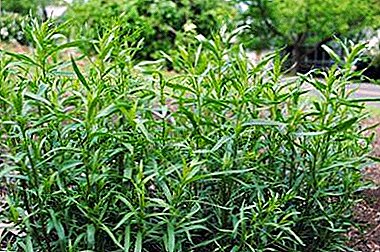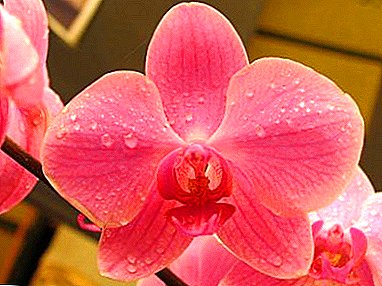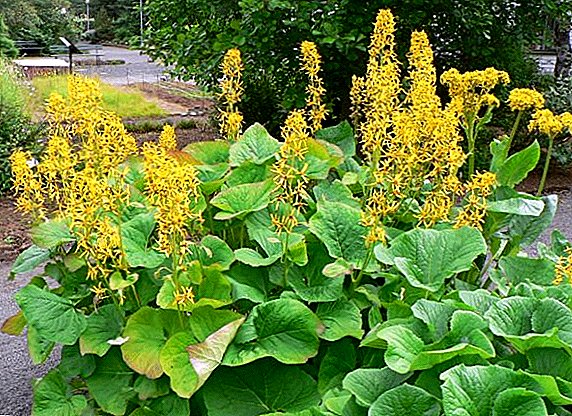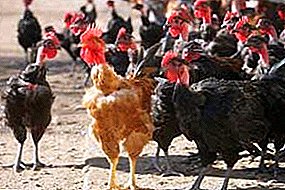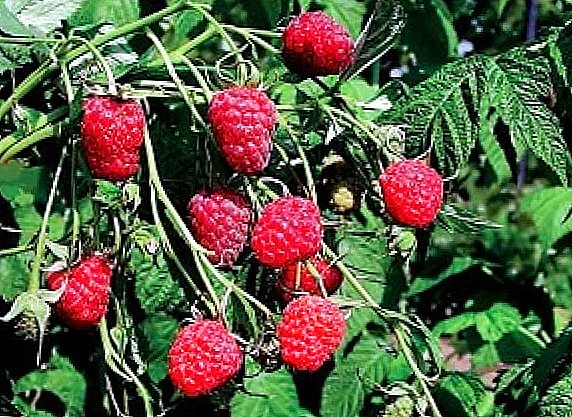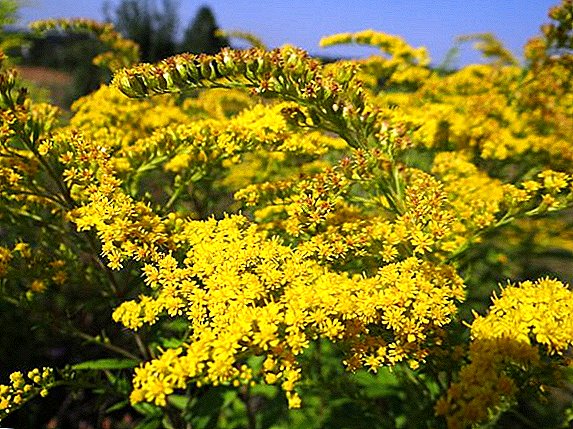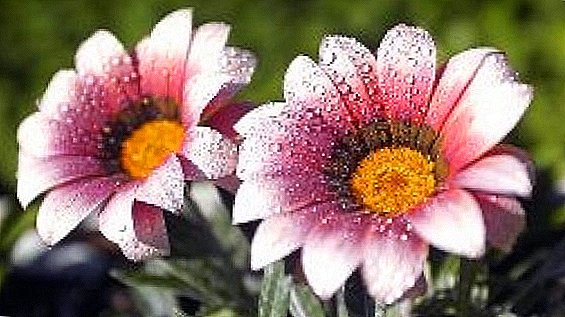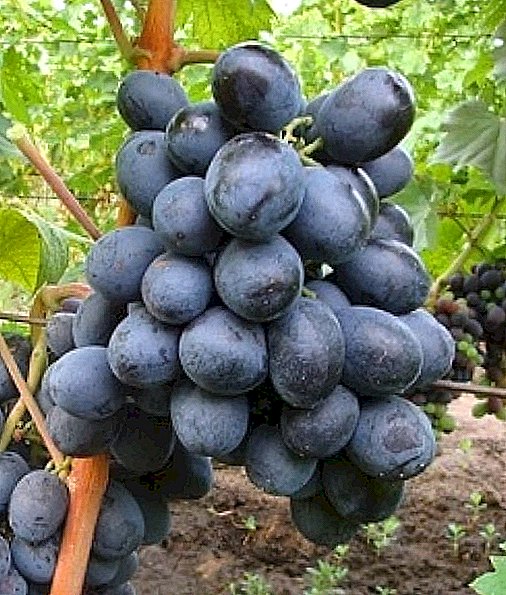
I have been an avid gardener for many years. This is all clear to me now, but when I first started, I had to study a lot of specialized literature and consult with a large number of experienced gardeners. I want to share my experience, many readers, my information can be useful.
First you need to choose suitable seeds for open ground, taking into account the ripening time and frost resistance required for your region. And in the future it is desirable to use seeds harvested independently.Now you need to check the seeds for usefulness. Fill them with warm water with added potassium permanganate. Pop up the seeds without regret throw out - they will not germinate. The rest need to soak for germination. I do it this way: I wrap the seeds in a handkerchief, wet them with warm water, put them in a plastic bag and put them in a refrigerator for hardening. Two days later, I shift to a warm place. Usually on the third day the seeds germinate and they can already be planted.
 I buy soil mixture for seedlings in finished form, but any gardener can prepare it himself: take one part of garden soil, peat and humus and mix everything up. On one bucket of the finished mixture you need to add two glasses of ash. Now you can proceed to sowing seedlings. The most optimal time for sowing is the end of February - the beginning of March. I plant it in special peat cups so that I can immediately plant it in the ground.
I buy soil mixture for seedlings in finished form, but any gardener can prepare it himself: take one part of garden soil, peat and humus and mix everything up. On one bucket of the finished mixture you need to add two glasses of ash. Now you can proceed to sowing seedlings. The most optimal time for sowing is the end of February - the beginning of March. I plant it in special peat cups so that I can immediately plant it in the ground.
But you can plant in boxes. The planting pattern is indicated on the bags of seeds, usually planted 2 to 2 cm, the preferred depth is 1 cm. After disembarkation, be it cups or boxes, they must be watered, covered with film, put in a warmer place. Check regularly for seedlings. As soon as they appeared, the film should be removed and rearranged the planting boxes in a bright place - on the window sill, table by the window, etc. After the appearance of two true leaves of the plant, it is necessary to transplant into separate pots, deepening to cotyledon leaves. To make the roots more branched, you can pinch the central root by one third.
See the article on how to grow eggplant seedlings.
Here is an article about growing and caring for cucumbers. To harvest high yields.
Here //rusfermer.net/sad/plodoviy/posadka-sada you learn the secrets of planting fruit trees.
Growing tomatoes in open ground
So it's time to plant our seedlings on the garden bed. Think in advance about the place for the garden. It is desirable that earlier onions, carrots, cabbage or legumes grew here. Place choose sunny and protected from the wind. Never plant tomatoes in damp, low-lying areas, because such an environment will negatively affect their roots. You should also not plant tomatoes in places where potatoes and tomatoes were previously grown, because there is a high probability of infection of late blight tomatoes.
 Experts advise starting preparation beds in the fall. Humus is scattered over it, if the soil is too acidic, then ash is added. They dig up everything. It is advisable to leave large lumps at the top, then the snow will linger in this place, as a result of which the soil will be well moistened. In the spring, you need to dig a bed, grinding up all the lumps of earth.
Experts advise starting preparation beds in the fall. Humus is scattered over it, if the soil is too acidic, then ash is added. They dig up everything. It is advisable to leave large lumps at the top, then the snow will linger in this place, as a result of which the soil will be well moistened. In the spring, you need to dig a bed, grinding up all the lumps of earth.
I cook the beds in about a week or two before planting the seedlings in the ground. Before digging the beds, I fill it with humus, about one or two buckets per square meter. m. Then I dig it up, carefully grinding the clods and cover with dark polyethylene to warm the earth.
Now you can plant seedlings on the garden prepared for her. Depending on the weather, I transplant tomatoes from May 15 to June 5, preferably in cloudy weather.. I chose for myself the most convenient planting scheme: I plant in two rows with a distance of about 30-40 cm between bushes. If the variety is tomato with tall bushes, then I increase the distance to 50 cm. I water it with a solution of potassium permanganate before planting the hole. I try to deepen the plants a little so that later on the trunk, prikopannom earth, formed roots, which strengthens the root system. Installing a peg for garter plants.
Immediately after planting the seedlings I pour plenty of warm water. I sprinkle the earth around the bushes with sawdust or chopped straw. This will retain moisture and eliminate the need to frequently loosen the ground. About ten days, while tomatoes take root after planting in open ground, I do not water them.
Read the useful article: Drying Mushrooms at Home.
Advice of experienced experts in the section //rusfermer.net/ogorod/plodovye-ovoshhi/vyrashhivanie-v-otkrytom-grunte about growing vegetables in open ground.
Growing tomatoes and caring for them
Well, our seedlings successfully planted and caught on the beds. Now the main concern is watering - often, but little by little. It is also necessary to monitor the weeds and remove them in time, then the soil will warm up well in the sun. It is also necessary to regularly plow through the soil to a depth of about 5 cm.
Usually form a plant in one stem, on which there should be three inflorescences. Constantly remove the stepchildren, after the last inflorescence the fruits are formed, cut off the top. Several years ago I tried a new method that significantly increases the yield of tomatoes.
 It consists in the following: I leave the lower stepchildren, when they grow enough, I remove the leaves and part of the stem from them I fall asleep with earth. After some time, the covered stem starts to grow. Thus, from one bush three are obtained, respectively, and the harvest is much greater. I delete the rest of the stepsons.
It consists in the following: I leave the lower stepchildren, when they grow enough, I remove the leaves and part of the stem from them I fall asleep with earth. After some time, the covered stem starts to grow. Thus, from one bush three are obtained, respectively, and the harvest is much greater. I delete the rest of the stepsons.
By the way, you can make a good remedy for them against insects gnawing leaves of plants. To do this, 4 kg of stepsons or leaves need to pour 10 liters of water and boil for 10-15 minutes, then add 40-50 g of soap. Cool down the plants affected by pests with a cooled solution. And for the prevention of late blight I spray tomatoes with garlic solution.
I do it this way: 200 g of crushed garlic cloves need to be poured with a liter of water and insisted for 2-3 days, strain and dilute it with 10 liters of water. The resulting tool to spray the bushes of tomato.
The fruits of tomatoes do not require large amounts of water, but if the soil is dry, the green fruits begin to rot. Evening irrigation is optimal, somewhere half a liter of water under each bush, after watering, the soil should be sprinkled with sawdust or earth. Note that it is impossible to water the tomatoes with dry soil abundantly, otherwise the fruits will begin to crack.
20 days after planting in the soil I do root dressing with mullein (dilute 1 liter of liquid mullein with 10 liters of water and add a glass of ash), for each bush, half a liter of additional fertilizer. 20-30 days before the final ripening of the fruit, fertilizing is repeated. In order for fertilizers to penetrate deeper into the ground, I pierce the soil between the rows with a pitchfork. In order to improve the ovary of the fruit, I spray the bushes with boric solution (1 g of boric acid I grow in a liter of hot water).
All honeybees live in families. Learn in detail about the features of the bee colony.
All you need to know about the hives device can be read here //rusfermer.net/bee/inventar-ulei/ustroistvo/ustrojstvo-ulei.html.
Note gardener
Tomato harvest can be preserved until the New Year and even more. For long-term storage, it is better to take fruits with a stem weighing 50-70 g, each wrapped in paper and stored in boxes, the bottom of which is covered with sawdust.


 See the article on how to grow eggplant seedlings.
See the article on how to grow eggplant seedlings. Read the useful article: Drying Mushrooms at Home.
Read the useful article: Drying Mushrooms at Home. All honeybees live in families. Learn in detail about the features of the bee colony.
All honeybees live in families. Learn in detail about the features of the bee colony.